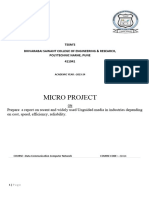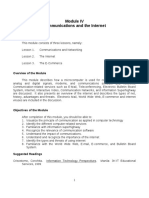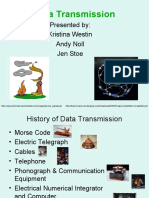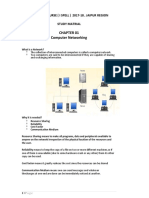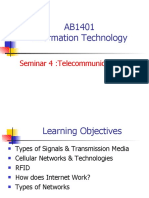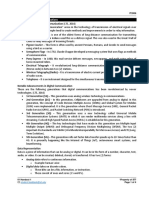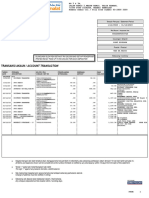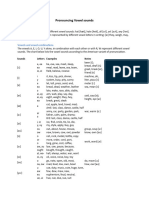0% found this document useful (0 votes)
11 views49 pagesLecture 4
Chapter 3 of 'Managing Information Technology' discusses telecommunications and networking, highlighting their importance in business due to globalization and distributed processing. It outlines the telecommunications industry, including carriers, equipment vendors, and service providers, and presents five primary reasons for networking, such as resource sharing and enhanced communication. The chapter also covers various transmission media, network types, and the significance of network topology in configuring devices.
Uploaded by
website24434Copyright
© © All Rights Reserved
We take content rights seriously. If you suspect this is your content, claim it here.
Available Formats
Download as PDF, TXT or read online on Scribd
0% found this document useful (0 votes)
11 views49 pagesLecture 4
Chapter 3 of 'Managing Information Technology' discusses telecommunications and networking, highlighting their importance in business due to globalization and distributed processing. It outlines the telecommunications industry, including carriers, equipment vendors, and service providers, and presents five primary reasons for networking, such as resource sharing and enhanced communication. The chapter also covers various transmission media, network types, and the significance of network topology in configuring devices.
Uploaded by
website24434Copyright
© © All Rights Reserved
We take content rights seriously. If you suspect this is your content, claim it here.
Available Formats
Download as PDF, TXT or read online on Scribd
/ 49







